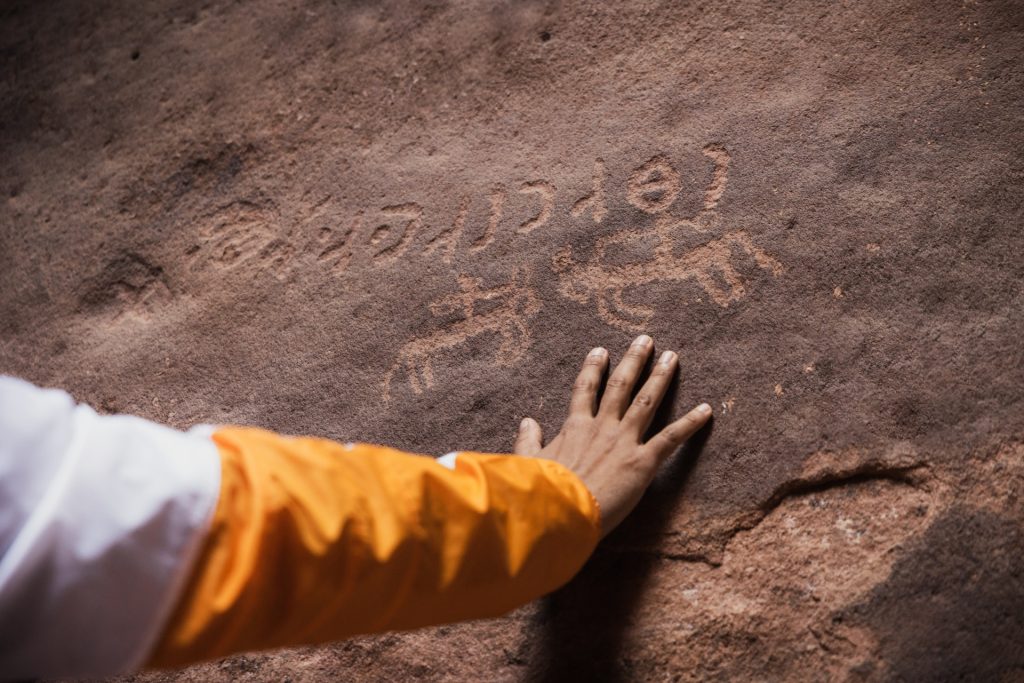The art of writing has evolved over centuries, with humans exploring a plethora of materials to document their thoughts and stories. From the ancient Egyptians etching on papyrus to the modern ink-on-paper wonders, the journey of writing materials is fascinating. In this journey through time, we’ll explore the diverse materials that humans have used to capture their words and the deciphering challenges faced by those unraveling ancient scripts.

Early Materials: From Stone to Papyrus
In the early days, hard materials like stone were engraved with sharp instruments, while softer substances, such as clay tablets and wax-covered tablets, were incised or painted on. Papyrus, a plant-derived material, took center stage in Egypt around 3,000 BC, lasting for a whopping 4,000 years. The Egyptians ingeniously crafted papyrus sheets from strips, creating rolls for their written treasures.
The Rise of the Codex and Parchment
The first four centuries AD witnessed the transition from scrolls to codices, resembling the modern book format. Parchment, made from treated animal skins, gradually overtook papyrus as the primary writing material. Tanning produced leather, while tawing, a process involving alum and salt, resulted in parchment. This shift in format and material marked a pivotal moment in the history of writing.
The Arrival of Paper and Quill Pens
The Chinese are credited with inventing paper in the first century AD, initially crafted from rag. Wood-based paper emerged in the mid-nineteenth century. Early writing instruments, such as reed pens, gave way to quill pens by the sixth century. Inks evolved from carbon-based lamp-black to metallic inks, shaping the tactile experience of writing.

Cracking the Code: Deciphering Ancient Scripts
Deciphering ancient scripts poses a significant challenge, especially when the language is unknown. Bilingual documents, like the Rosetta Stone, which featured inscriptions in Egyptian and Greek, played a vital role in unraveling the mysteries of languages lost for centuries. Individuals like Jean Champollion and Michael Ventris made breakthroughs, bridging the gaps in our understanding of ancient scripts.
Development of Writing Styles: The Latin Script Journey
Latin script’s journey from majuscule (capital letter script) to minuscule (small letter script) showcases the fluidity of writing styles. While monumental capitals in classical inscriptions mirrored modern letters, scripts on papyrus and wood in the first two centuries AD took a distinct form. The Carolingian minuscule, a simplified script, became the norm in Latin Europe, paving the way for Gothic or black letter script. The printing era introduced Gothic in the West, but humanists in Italy, rejecting Gothic, reverted to Carolingian minuscule, laying the groundwork for the modern script.

With the advent of printing, the era of manuscript books concluded, yet the diverse styles of writing persisted in documents and letters. Today, an array of individualistic writing styles thrives, reflecting the widespread literacy across the globe. The journey of writing materials is not just a historical exploration but an ongoing tale of creativity, adaptation, and the human spirit’s commitment to recording its narrative.





